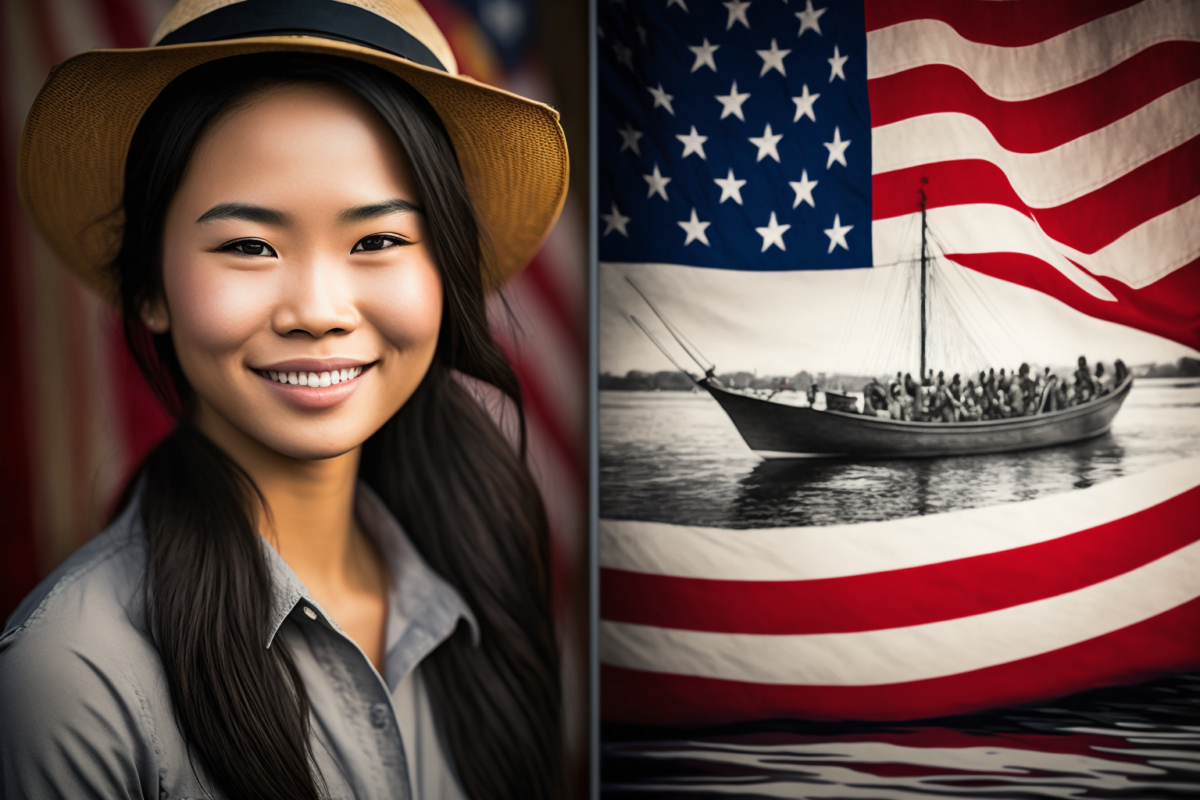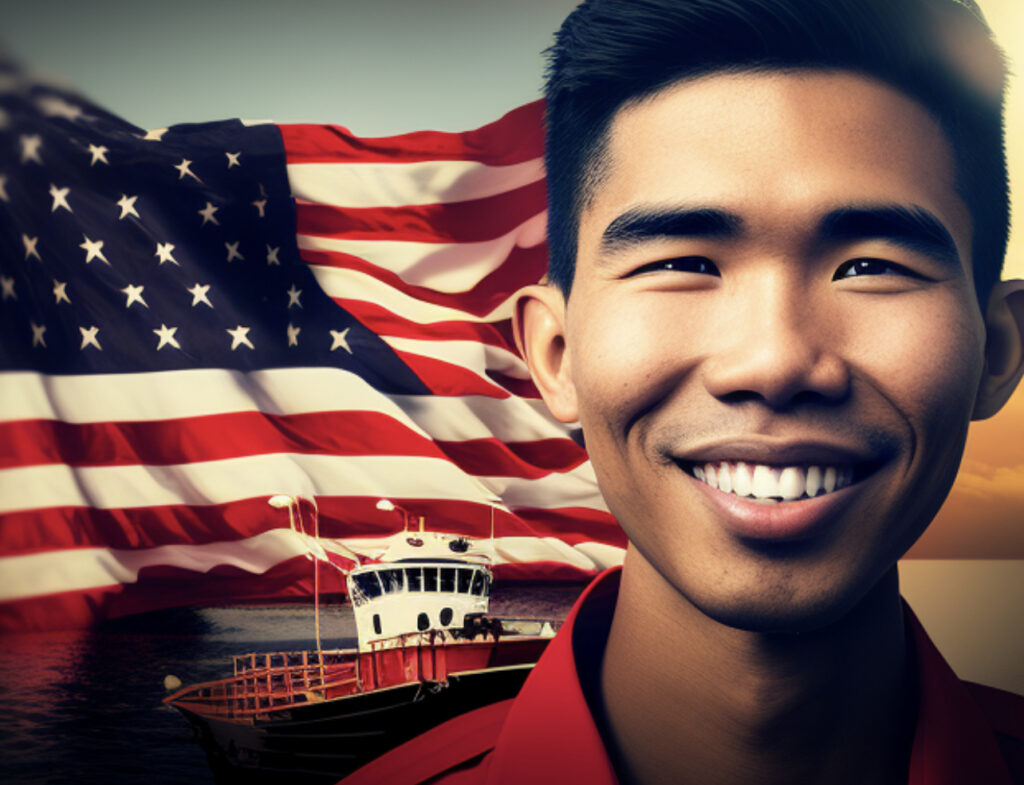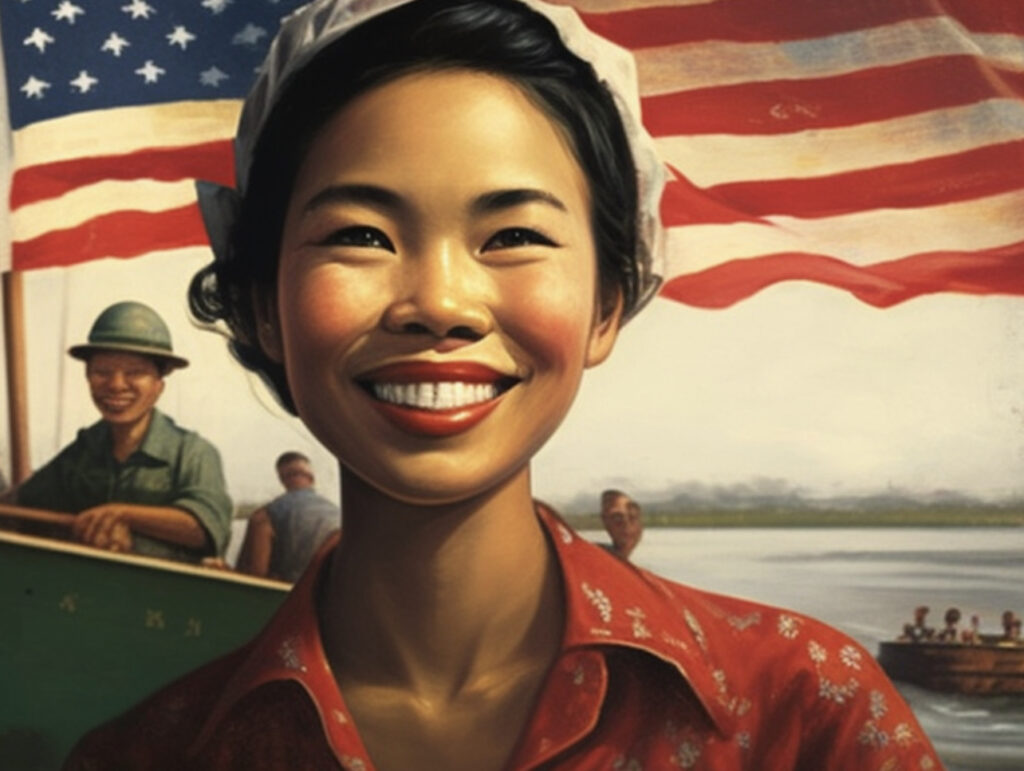With temperatures soaring and the effects of climate change becoming increasingly palpable, cities around the world are seeking to address the pressing issue of extreme heat. At the forefront of this fight in the US are the cities of Los Angeles, Miami, and Phoenix, each with its appointed Chief Heat Officer. These individuals, pioneers in their respective roles, have been entrusted with the task of strategizing, managing, and responding to the escalating health and economic risks posed by unprecedented heatwaves.
Jane Gilbert: Bridging Gaps in Miami
Hailing from a rich background of strategic planning, corporate integration, and urban resilience, Jane Gilbert serves as Miami-Dade County’s inaugural Chief Heat Officer. Her extensive experience, including her former role as the City of Miami’s first Chief Resilience Officer, has equipped her with a deep understanding of climate change’s multifaceted challenges. Under her leadership, Miami has embarked on a collaborative approach, working hand in hand with cross-sector partners and neighboring jurisdictions like Miami Beach. With her academic prowess, a BA in Environmental Science and an MPA from Harvard, Gilbert stands as a testament to the amalgamation of theoretical knowledge and pragmatic governance.
David Hondula: Academia Meets Governance in Phoenix
David Hondula wears many hats – a scholar, a researcher, and now the Director of Heat Response and Mitigation for Phoenix. With a focus on the societal and health impacts of natural hazards, especially extreme heat, Hondula has always been close to the core of the issue. His association with ASU’s Urban Climate Research Center and the Maricopa County Department of Public Health signifies his commitment to bridging the gap between academic research and ground-level action. Holding a doctorate in environmental sciences and having been an esteemed member of several editorial boards, Hondula’s scientific insights are now guiding Phoenix’s battle against the scorching temperatures.
Marta Segura: LA’s Advocate for Climate Justice
Leading the charge in Los Angeles is Marta Segura, both the Chief Heat Officer and the Director of Climate Emergency Mobilization. A renowned expert in climate, public health, environmental justice, and stakeholder engagement, Segura’s mission goes beyond just addressing the rising temperatures. She is driven by a vision of equity, ensuring that as LA becomes more resilient against extreme heat, it does so in a manner that is inclusive and fair. Spearheading partnerships, prioritizing climate equity metrics, and laying down the groundwork for LA’s first Heat Action Plan, Segura’s endeavors are a beacon of hope for a city aiming to adapt and thrive in the face of climate adversities.
The unprecedented challenges posed by the hottest summer on record demand unprecedented solutions. These Chief Heat Officers, with their combined expertise, dedication, and vision, are not only guiding their respective cities but also setting an example for urban centers worldwide. As the mercury rises, so does the need for concerted, informed, and holistic action, and these leaders are showing the way forward.




